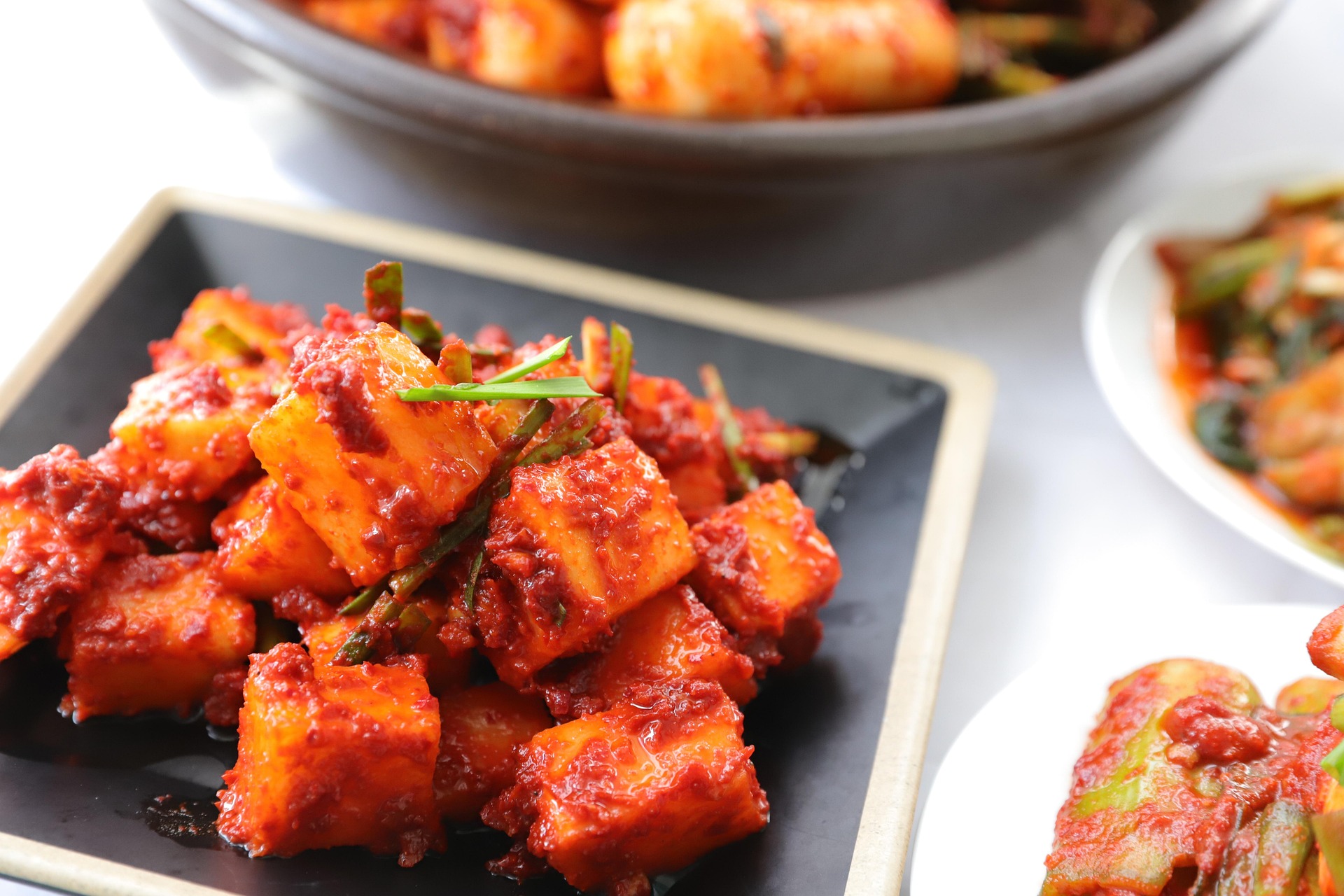A Dive into the Exotic Flavors of Cambodian Cuisine
Cambodian cuisine, also known as Khmer cuisine, is a treasure trove of unique flavors and traditional cooking techniques that have been passed down through generations. With a robust and vibrant culinary scene, Cambodia offers a delicious exploration of its local ingredients, traditional recipes, and innovative culinary creations. Let's embark on a fascinating journey into the heart of Cambodian gastronomy.

The Rich Culinary Heritage of Cambodia
Cambodian cuisine, deeply rooted in the country’s history and culture, is characterized by its simple yet flavorful dishes. Rice is a staple, often accompanied by fish, vegetables, and a plethora of herbs and spices. Cambodia’s geographical location has also influenced its culinary scene, with neighboring countries like Thailand, Vietnam, and China introducing new ingredients and cooking styles.
Exploring Cambodia’s Unique Flavor Profile
Cambodian dishes are renowned for their balance of flavors. Sweet, sour, bitter, salty, and umami all come together to create a harmonious taste experience. The traditional Cambodian meal is a feast for the senses, with an array of dishes served together, allowing diners to experience a wide range of flavors and textures.
Iconic Cambodian Dishes
Among Cambodia’s most iconic dishes is “Amok,” a creamy curry dish typically made with fish, coconut milk, and a medley of local spices. Equally popular is “Kuy Teav,” a hearty noodle soup often enjoyed for breakfast. For those with a sweet tooth, “Num Chak Kachan,” a layered dessert made with coconut milk and palm sugar, is a must-try.
Emerging Trends in Cambodian Food Scene
The Cambodian food scene is not just about traditional dishes. Modern renditions of classic recipes are becoming increasingly popular, with chefs adding their creative twists. This fusion of traditional and contemporary cooking styles is breathing new life into Cambodian cuisine, making it more accessible to a global audience.
The Future of Cambodian Cuisine
The future looks bright for Cambodian gastronomy. With growing interest in global cuisines, Cambodian food is gaining recognition for its unique flavor profile and innovative dishes. It’s an exciting time for food enthusiasts to explore this lesser-known cuisine and experience the culinary magic it has to offer.
Quick Bites:
-
Amok is considered the national dish of Cambodia.
-
Cambodia has a rich street food culture, with night markets offering an array of delicious treats.
-
Rice is so important in Cambodia that in Khmer language, the phrase “eating a meal” translates to “eating rice.”
-
Cambodia’s food scene is also influenced by French cuisine, a remnant of the French colonial period.
In conclusion, Cambodian cuisine is a delightful blend of traditional and modern culinary practices. Its unique flavor profile and exciting cooking techniques make it a fascinating cuisine to explore. As we continue our culinary journey around the world, let’s not forget to stop and savor the exquisite flavors of Cambodia. After all, food is not just about nourishment, it’s about culture, history, and a shared love for good taste.




